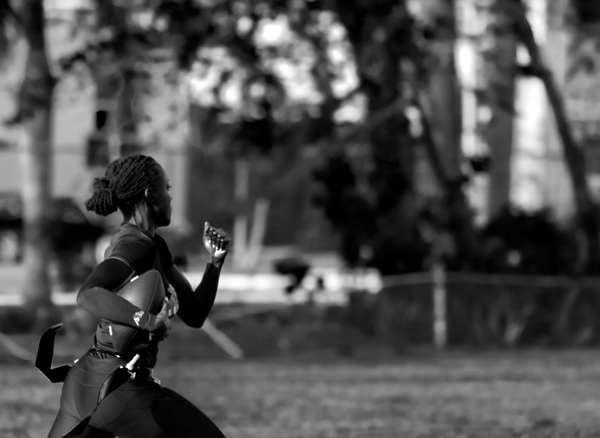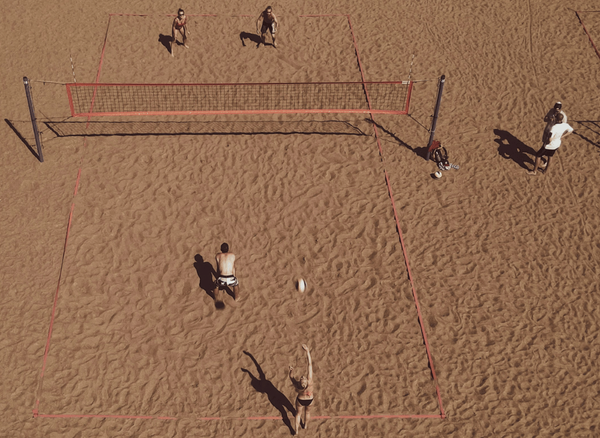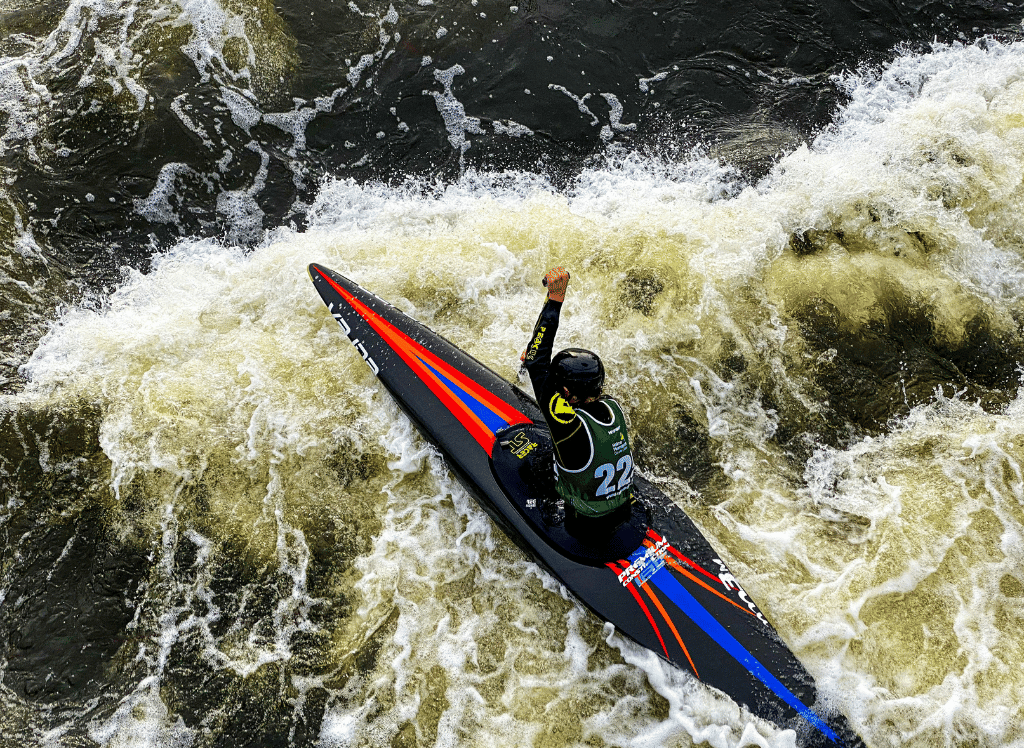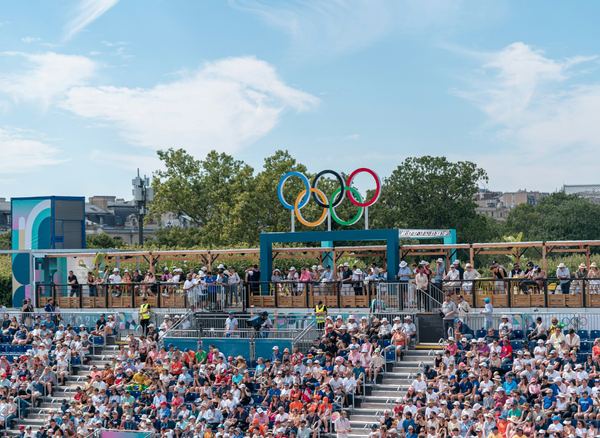Platform diving can make your heart race faster than a cheetah on an espresso shot. The highest Olympic platform stands at a dizzying 10 meters, which is about the height of a three-story building. Imagine standing up there, toes curled over the edge, looking down at the pool below. It’s enough to make anyone’s knees knock like a pair of castanets.
But why do people do it? For the thrill, of course! Platform divers are adrenaline junkies who live for the rush of free-falling through the air before hitting the water. It’s a sport that combines grace, strength, and a touch of madness.
Guardians of the Heights
The World High Diving Federation (WHDF) is like the Gandalf of diving, standing at the gates of extreme diving events and saying, "You shall not pass!" without proper safety measures. They oversee events like cliff diving, where divers leap from natural formations that can be as high as 27 meters. That’s almost three times the height of the Olympic platform!
Cliff diving is not for the faint-hearted. The WHDF ensures that divers are well-trained and that the diving spots are safe. They also promote the sport, organizing world championships that attract the best divers from around the globe. It’s a dive-based spectacle that leaves audiences gasping for air.
The Diving Tower
The diving tower is the Eiffel Tower of the pool, a structure that stands tall and proud, challenging divers to take the plunge. It’s not just about the height; it’s about the courage to leap into the unknown. The tower usually has multiple platforms at different heights, allowing divers to practice and compete at various levels.
In the Olympic Games, the diving tower is a focal point of the aquatic center. It’s where dreams are made and sometimes shattered. The 10-meter platform is the pinnacle, but there's also the 3-meter platform for springboard diving. Each height presents its own challenges and requires different techniques.
The Ultimate Stage
The Olympic Games are the Super Bowl of diving, where the best of the best come to compete. Platform diving made its Olympic debut in 1904, and it has been a crowd favorite ever since. The event is a blend of athleticism and artistry, with divers performing intricate routines that are judged on their execution and difficulty.
Olympic competition is fierce. Divers spend years perfecting their dives, practicing for hours each day to ensure they hit the water with minimal splash. The judges are looking for precision, grace, and control. It’s a high-stakes game where one wrong move can mean the difference between gold and going home empty-handed.
Nature’s Diving Board
Cliff diving is the wild child of the diving world. Forget the diving board; these athletes leap from cliffs, 21+ meters. It’s a sport that combines the thrill of free-fall with the beauty of natural landscapes. The World High Diving Federation oversees these events, ensuring that safety is paramount.
Cliff diving is not just about the height; it’s about the environment. Divers have to contend with wind, waves, and the unpredictable nature of the cliffs themselves. It’s a dangerous sport, but for those who do it, the rewards are worth the risks. The feeling of flying through the air and hitting the water feet first is like nothing else.
The Science of Diving
When a diver enters the water, they can reach speeds of up to 60 kilometers per hour. That’s faster than a speeding ticket! The impact with the water can be brutal, which is why technique is so important. Divers aim to hit the water feet first to minimize the risk of injury.
The splash is another critical factor. In competitions, a smaller splash is better. It shows that the diver has entered the water cleanly and with control. Judges look for a minimal splash, which requires precise body positioning and timing. It’s a skill that takes years to master.
Breaking Barriers
Women have been making waves in diving for decades. They compete in the same events as men, including platform diving and springboard diving. The Olympic Games have seen some incredible female divers who have pushed the boundaries of what’s possible.
Women’s diving is just as exciting and competitive as men’s. The athletes train just as hard and perform dives that are just as complex. They are judged by the same standards and face the same challenges. It’s a level playing field where skill and determination are what count.
From Pools to Cliffs
Diving has a rich history that dates back to ancient times. The sport has evolved from simple jumps into water to the complex routines we see today. The first recorded diving competitions took place in the early 20th century, and the sport has been growing ever since.
The ABC’s Wide World of Sports helped popularize diving in the 1960s and 70s, bringing the sport into living rooms across America. Today, diving is a global phenomenon, with events held all over the world. From the Olympic Games to the World Championships, diving continues to captivate audiences with its blend of athleticism and artistry.
Platform Diving Heights FAQs
What is the highest platform in Olympic diving?
The highest platform in Olympic diving is 10 meters, which is about the height of a three-story building.
How fast do divers hit the water?
Divers can reach speeds of up to 60 kilometers per hour when they enter the water.
What is the World High Diving Federation?
The World High Diving Federation oversees extreme diving events like cliff diving, ensuring safety and promoting the sport globally.
Summary
Platform diving heights offer a thrilling experience that combines athleticism, courage, and a touch of madness. From the 10-meter Olympic platform to the dizzying heights of cliff diving, this sport is not for the faint-hearted. The World High Diving Federation ensures safety and promotes the sport, while the Olympic Games provide the ultimate stage for divers to showcase their skills. Whether it’s the science of speed and splash or the history of diving, there’s always something exciting happening in the world of diving.








